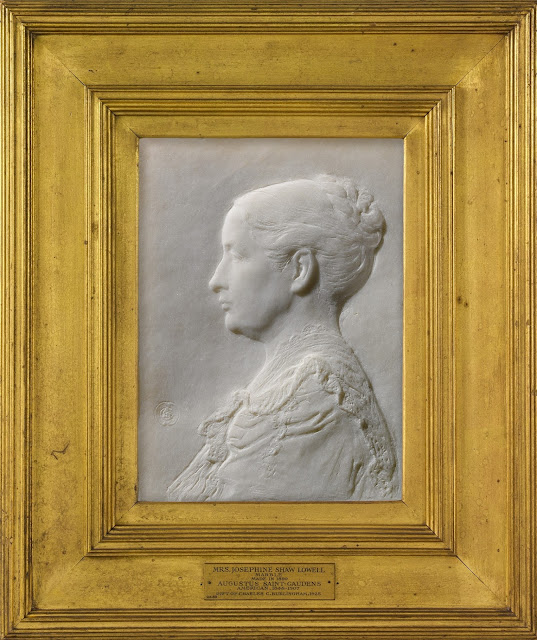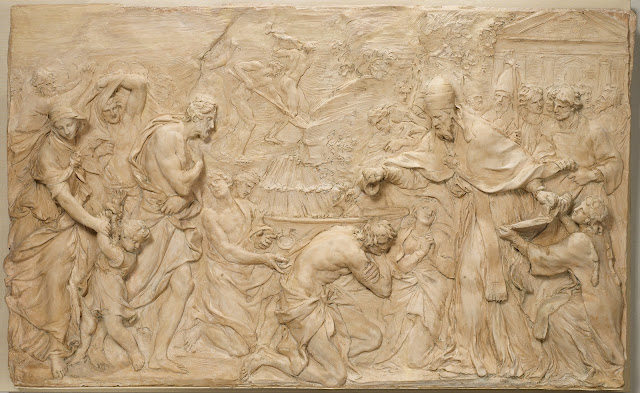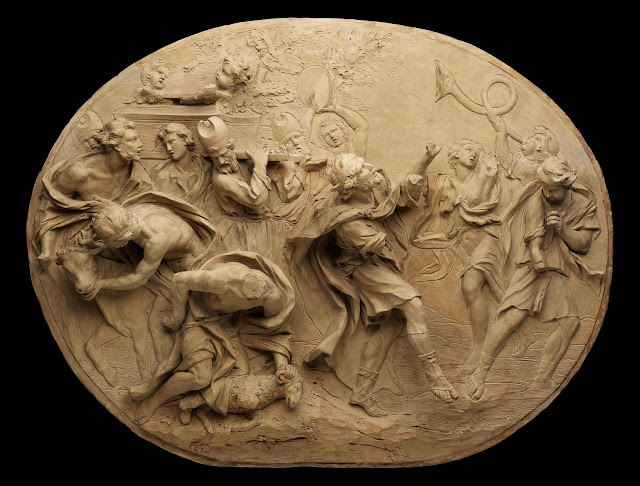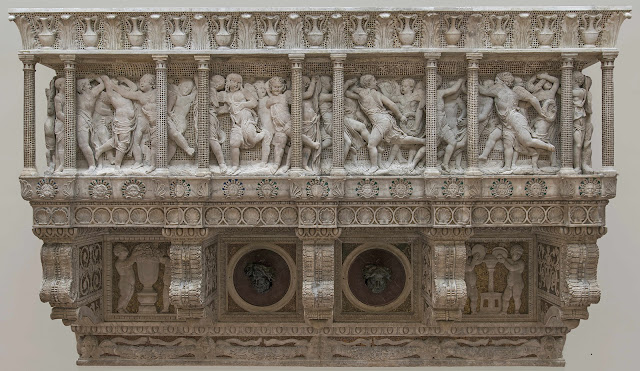 |
| Ancient Greece Box-mirror with profile of a woman ca. 400-375 BC bronze relief Metropolitan Museum of Art, New York |
 |
| Ancient Greece Roundel with head of an old satyr ca. 325-300 BC bronze relief Metropolitan Museum of Art, New York |
 |
| Roman Empire Roundel (bridle ornament) with head of Herakles 1st-2nd century AD ivory relief Walters Art Museum, Baltimore |
Interview: Performance Artist in Helsinki
[Translate this page]
How most for to explain?
Arranging to appear against myself
always in separation
entailing backdrop by reintegration
as of the yellow and the lemon,
the paper and the tree,
like a prolongation of the past
from caves of their making.
Not mine!
But their thinking so continues it.
For is why I call out, one and one
and one, shards of a new dark.
And if the hour is correct with me,
if I fail to drop a step,
they cannot abscond with their viewing
or unhook their hearts
in adjacency to such silence
as now begins: like the disassembled drum.
But exactly not, a more far waiting
like ends of dreams of trains
too late not yet begun.
– J. Allyn Rosser, from Mimi's Trapeze (University of Pittsburgh Press, 2014)
 |
| Roman Empire Mask of Dionysus ca. AD 40-70 marble relief fragment Princeton University Art Museum |
 |
| Pisanello Portrait-medal of Don Inigo d'Avalos ca. 1449-50 bronze relief Metropolitan Museum of Art, New York |
 |
| Anonymous-French sculptor Miniature profile portrait of a woman ca. 1575-1600 fruitwood relief Philadelphia Museum of Art |
 |
| follower of Jan van Logteren Oval medallion with head of a faun ca. 1720-30 marble relief Rijksmuseum, Amsterdam |
 |
| follower of Jan van Logteren Oval medallion with head of Bacchus ca. 1720-30 marble relief Rijksmuseum, Amsterdam |
 |
| Giovanni Antonio Santarelli Head of a Greek philosopher before 1826 sardonyx cameo set in gold ring Harvard Art Museums |
 |
| James Sherwood Westmacott The artist's daughter ca. 1872 marble relief Victoria & Albert Museum |
 |
| César Isidore Henry Cros Mask ca. 1890-95 pâte de verre Victoria & Albert Museum |
 |
| Franz von Stuck Beethoven ca. 1902 painted stucco relief Minneapolis Institute of Art |
 |
| Vincenzo Gemito Medusa 1911 partially gilt silver relief Getty Museum, Los Angeles |
 |
| Augustus Saint-Gaudens Profile portrait of Josephine Shaw Lowell modeled ca. 1889-93, carved ca. 1921-25 marble relief Metropolitan Museum of Art, New York |















































